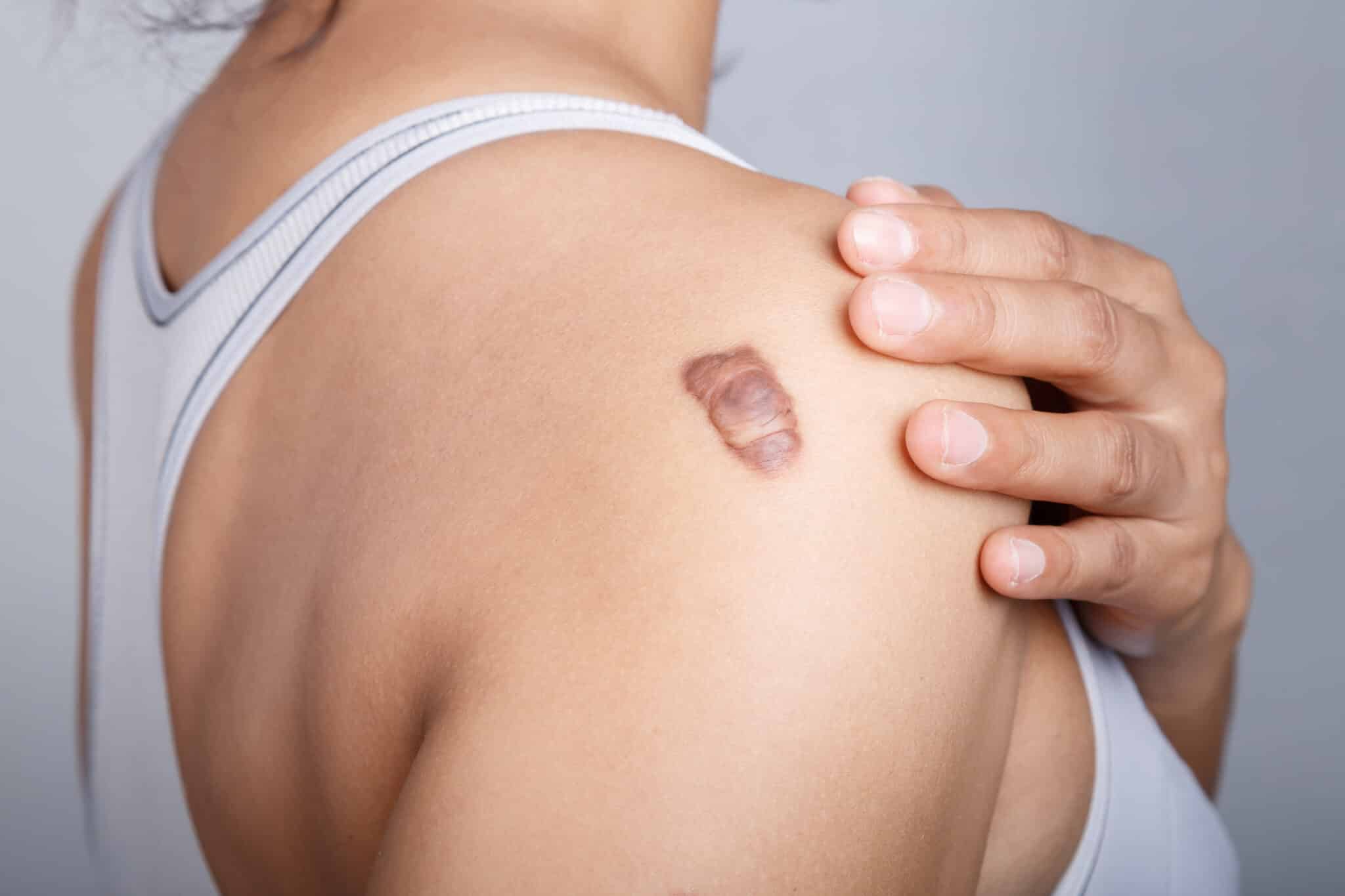
Have you ever noticed a scar that just won’t stop growing—long after the wound has healed? Maybe it started as a pimple or a pierced earlobe, but over time, it thickened, darkened, and spread beyond the original spot. If this sounds familiar, you may be prone to keloids.
These seem to appear out of nowhere after the most minor injuries. But here’s what’s often overlooked: keloid formation can run in families.
In this article, we’ll explore how genetics influence keloid development, signs that you might be predisposed and keloid treatment options in Singapore—especially if you’re planning surgical procedures or have a history of scarring.
Keloids are raised, thickened scars that grow beyond the original boundaries of a wound or injury. Unlike typical scars that fade and flatten over time, keloids can continue to grow for weeks or even months after the initial injury has healed. They may appear shiny, smooth, and vary in color from pink to dark brown, depending on your skin tone.
It’s important to distinguish keloids from hypertrophic scars. While both are raised and may feel firm to the touch, hypertrophic scars remain confined to the original wound area and may gradually improve over time. Keloids, however, extend beyond the original injury site and usually don’t regress unless treated.
While anyone can develop a keloid, certain populations are more genetically predisposed. Individuals with darker skin tones—including those of African, Hispanic, or Asian descent—are more likely to develop keloids.
A family history of keloids is another major risk factor. Around one-third of people who get keloids, for instance, have a first-degree blood relative who gets the condition, too. If your parents or siblings have developed keloids, your chances of forming one after a skin injury are significantly higher. Scientists believe certain gene variations may affect the body’s response to collagen production, leading to an overgrowth of scar tissue. These genes affect people’s immune response, extracellular matrix regulation and fibroblast proliferation, and in turn, contribute to keloid formation.
Wondering if you fall into the high-risk category? Here are a few signs that you might be genetically prone to keloids:
Keloids can form anywhere, but some body parts are more prone due to skin tension, friction and higher collagen activity. The most common areas include:
Many people ignore their keloids or assume nothing can be done. But there are clear situations where a doctor’s help can make a difference:
The treatment your doctor recommends will depend on your keloid’s size and location, and your skin’s response to previous treatments.
At 1Aesthetics, Dr Wan has found that using a combination of treatments—such as lasers, surgery and injections—often improves results. It also lowers the chance of the keloid coming back. In contrast, using just one method (like injections alone) usually takes longer, may not work as well for bigger or tougher keloids, and carries a higher risk of recurrence.
If you’re dealing with keloids or concerned about developing them, a consultation with a doctor can give you the peace of mind you need. At 1Aesthetics we understand the genetic and lifestyle factors behind keloid formation. We’ll work closely with you to create a customised treatment and prevention plan—so you can feel confident about your skin again.Don’t wait for keloids to grow larger or more difficult to treat. Book a consultation for keloid treatment in Singapore.
Address:
1Aesthetics, Medical & Surgery
#14-90 The Central Tower 1
8 Eu Tong Sen Street
Singapore 059818
Mon-Fri 10 AM to 730 PM
Sat 10 AM to 6 PM
Phone / WhatsApp:
+65 66125173 / +65 84899962
Email:
[email protected]